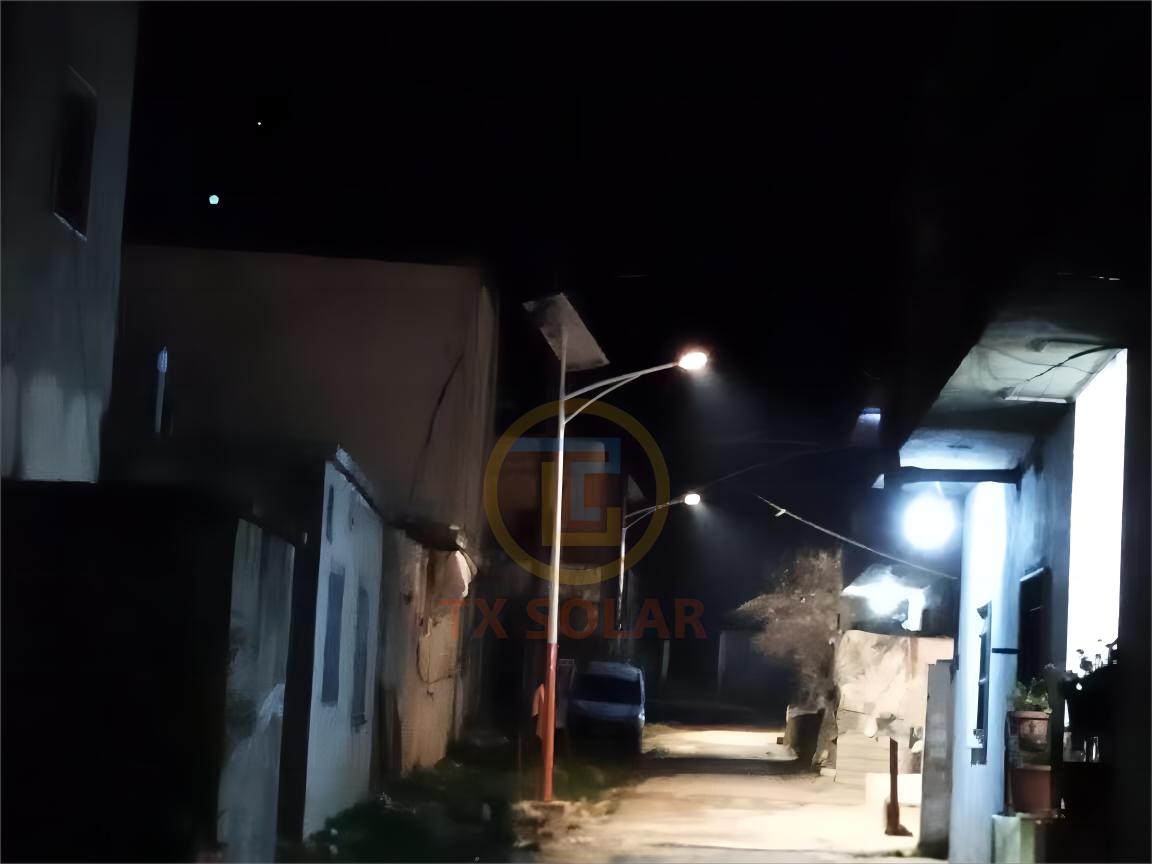Street lights are an important part of urban infrastructure, providing safety and visibility for pedestrians, cyclists, and drivers at night. But have you ever wondered how these street lights are connected and controlled? In this article, we will explore the various methods and technologies used to connect and manage modern urban streetlights.
Traditionally, streetlights were manually operated, with city staff responsible for turning them on and off at specific times. However, advances in technology have led to the development of more efficient, automated streetlight management systems. One of the most common methods used today is to use a centralized control system.
Centralized control systems allow street lights to be connected to a central management platform, usually via a wireless network. This allows remote monitoring and control of individual street lights or entire lighting networks. By using the system, city managers can adjust the brightness of lights, schedule switching times, and quickly detect and resolve any malfunctions or power outages.
In addition to centralized control systems, many modern street lights are equipped with sensors and smart technology to increase efficiency and reduce energy consumption. These sensors can detect motion, ambient light levels, and even weather conditions, allowing streetlights to automatically adjust brightness and operation based on the current environment. This not only saves energy but also helps increase security in the surrounding area.
Another way to connect street lights is to use power line communications (PLC) technology. PLC technology allows data communication over existing power lines without the need for additional communication cables or wireless networks. This makes it a cost-effective and reliable solution for connecting and managing street lights, especially in areas where wireless connections may be unreliable or too costly to implement.
In some cases, streetlights are connected to Internet of Things (IoT) platforms, which allows them to become part of a larger interconnected network of devices and infrastructure. Through the IoT platform, street lights can communicate with other smart city systems such as traffic lights, public transportation, and environmental monitoring systems to optimize city operations and improve the overall quality of life for residents.
In addition, street lights are often connected to the grid and equipped with energy-saving LED bulbs to reduce energy consumption and maintenance costs. These LED street lights can be dimmed or brightened as needed, and they last longer than traditional light bulbs, further contributing to cost savings and sustainability.
While centralized control systems, powerline communications, smart technologies, and IoT platforms have revolutionized the way streetlights are connected and managed, it’s important to note that cybersecurity is a key consideration for modern streetlight infrastructure. As connectivity and reliance on technology continues to increase, streetlight networks are vulnerable to cyber threats and measures must be taken to ensure the security and privacy of the data and systems involved.
In summary, streetlight connectivity and management have evolved significantly in recent years due to advances in technology and infrastructure. Centralized control systems, powerline communications, smart technologies, and IoT platforms all play a role in creating more efficient, reliable, and sustainable street lighting solutions. As our cities continue to grow and develop, advancements in streetlight connectivity will undoubtedly play a key role in improving urban environments and improving the overall quality of life for residents.
If you are interested in street lights, welcome to contact street lights TIANXIANG to read more.
Post time: Feb-22-2024

